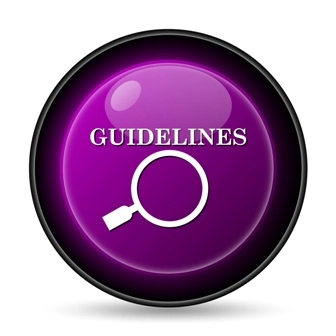Answers: How Did You Do on Our Seasonal Allergy Test?

Our experts provide some hot summer coding advice. Once you’ve answered the quiz questions on page 51, compare your answers with the ones below: Answer 1: True. Singular tests, such as 95004 or 95024 (Intracutaneous [intradermal] tests with allergenic extracts, immediate type reaction …) can be billed with sequential or incremental tests, such as 95027 or 95028 (Intracutaneous [intradermal] tests, with allergenic extracts, delayed type reaction …). Per CMS guidelines (https://downloads.cms.gov/medicare-coverage-database/lcd_attachments/34597_9/L34597_ALRG001_BCG.pdf), this can be done providing “the tests are for different allergens or different dilutions of the same allergen.” Answer 2: False. J30.89 (Other allergic rhinitis [perennial allergic rhinitis]) is a close code for the diagnosis, but J30.1 (Allergic rhinitis due to pollen) is a more appropriate code to report hay fever. Indeed, “hay fever” is listed as one of the synonyms under J30.1 in ICD-10-CM, and if you look at “Hay fever” in the index, it refers you to J30.1. Other similar codes found in the J30 code set of ICD-10-CM, including J30.2 (Other seasonal allergic rhinitis) or J30.9 (Allergic rhinitis, unspecified), may be appropriate if the tests point in a direction other than hay fever or pollen-induced allergic rhinitis. And an additional code, such as Z77.22 (Contact with and [suspected] exposure to environmental tobacco smoke [acute][chronic]) may be necessary if the patient has been diagnosed with J31.0 (Chronic rhinitis) that is caused by exposure to tobacco. Kent Moore, senior strategist for physician payment at the American Academy of Family Physicians, notes that even though there is nothing “unusual about ICD-10-CM coding for allergies … it does seem a little complex, which can be problematic.” Why? There are a variety of codes that come into play, depending on the nature of the allergy (e.g., what the patient’s allergic to) and its manifestation (e.g., rhinitis, dermatitis, etc.), Moore explains. “Two hints to coders are to be clear on the source of the allergy and its manifestation.” Answer 3: True. The CMS guidelines also state that “Code 95144 (Professional services for the supervision of preparation and provision of antigens for allergen immunotherapy, single dose vial[s] [specify number of vials]) should be billed only if the physician providing the antigen is providing it to be injected by someone other entity.” CMS goes on to state that when a provider bills for codes 95115 (Professional services for allergen immunotherapy not including provision of allergenic extracts; single injection) or 95117 (… 2 or more injections) plus code 95144, the Medicare Administrative Contractor (MAC) should change 95144 to 95165 (Professional services for the supervision of preparation and provision of antigens for allergen immunotherapy; single or multiple antigens [specify number of doses]) and pay accordingly. From a CPT® perspective, when a physician prepares and provides antigens for subsequent administration in the practice, the complete service should be reported with a code from the series 95120-95134, each of which includes provision of the allergenic extract as well as its administration. CPT® codes 95120 through 95134 are not valid for Medicare, however. Check with other payers to see if they prefer the CPT® or CMS approach to coding such situations. Marcella Bucknam, CPC, CCS-P, COC, CCS, CPC-P, CPC-I, CCC, COBGC, manager of clinical compliance with PeaceHealth in Vancouver, Washington, notes that “these services are usually provided ‘incident-to.’ In other words, the physician does not typically perform the injection him/herself.” Bucknam goes on to note that “Incident-to billing requires that the billing physician be present in the office suite at the time theservices are performed.” So, if allergy patients come for their shots on a day when the doctor is out of the office, you cannot bill for those services at all. “The doctor doesn’t have to see the patient,” explains Bucknam, “but s/he does have to be in the office if the service is reported under his/her provider number. That applies to both the testing and the injections.”




